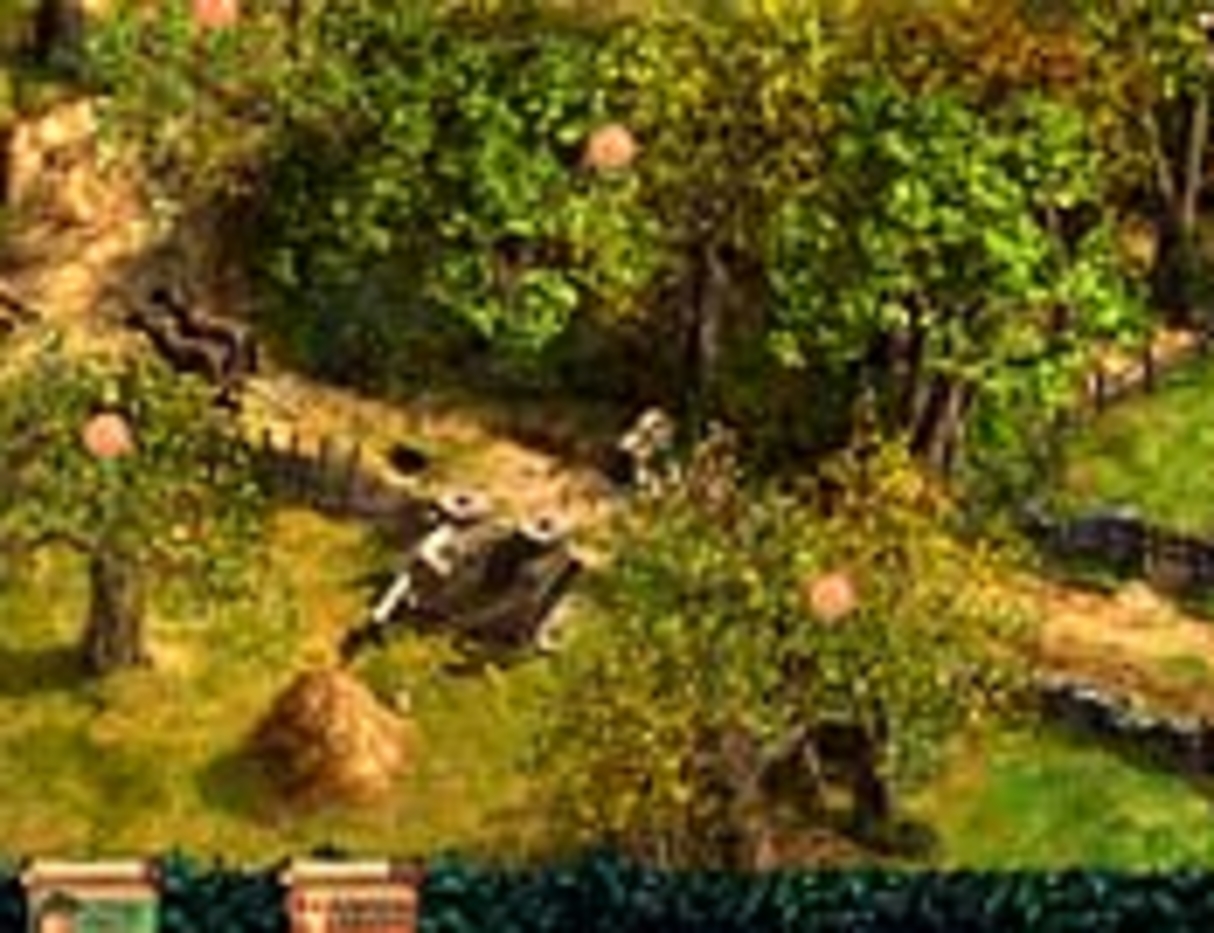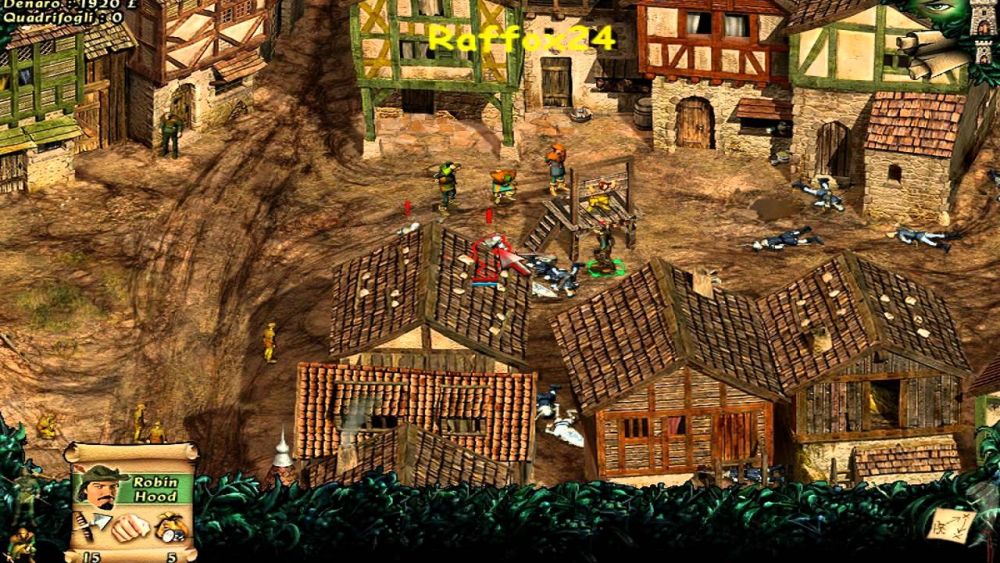
Robin having fought in the Crusades alongside the Lionheart before returning to England to find his lands siezed by the Sheriff.Īll versions of the Robin Hood story give the same account of his death. Some chroniclers date his exploits as taking place during the reign of Edward II, but other versions say the king was Richard I, the Lionheart. Robin became a popular folk hero because of his generosity to the poor and down-trodden peasants, and his hatred of the Sheriff and his verderers who enforced the oppressive forest laws, made him their champion.



Afterwards the fields where the arrows landed were known as Robin Hood’s Close and Little John’s Close. The arrows fell at Whitby Lathes, more than a mile away. Both men were skilled at archery and from the roof of the Monastery they both shot an arrow. One well known story about Robin that places him in Whitby, Yorkshire, is about him and Little John having a friendly archery contest. One certain fact is that he was a North Country man, with his traditional haunts as an outlaw in Sherwood Forest and a coastal refuge at Robin Hood’s Bay in Yorkshire. Another chronicler has it that he was a Wakefield man and took part in Thomas of Lancaster’s rebellion in 1322. However the first known literary reference to Robin Hood and his men was in 1377, and the Sloane manuscripts in the British Museum have an account of Robin’s life which states that he was born around 1160 in Lockersley (most likely modern day Loxley) in South Yorkshire.

The Hollywood one is that of an incredibly handsome man – Errol Flynn – clothed in garments of Lincoln green, fighting for the rights of the oppressed and outwitting the evil Sheriff of Nottingham. There are several versions of the Robin Hood story. Legend has it that Robin Hood was an outlaw living in Sherwood Forest with his ‘Merry Men’ – but did he really exist?


 0 kommentar(er)
0 kommentar(er)
